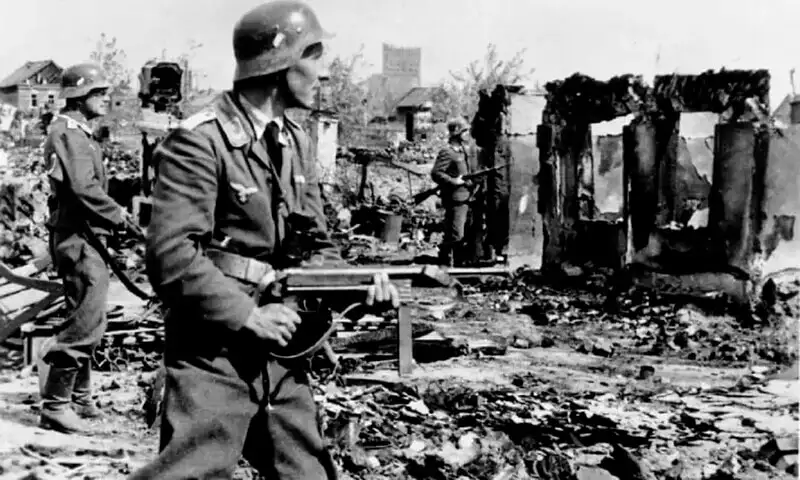The Siege of Odawara in 1590 was a pivotal moment in Japan’s Sengoku period, marking the final major campaign in Toyotomi Hideyoshi’s quest to unify Japan. This siege ended the power of the Hōjō clan, one of the last formidable holdouts against Hideyoshi’s authority, and reshaped the political landscape of feudal Japan. This article provides a detailed exploration of the Siege of Odawara, covering its timeline, location, causes, course, casualties, and outcome, offering valuable insights for historians and enthusiasts of Japanese history.
Time and Date of the Battle
The third Siege of Odawara, the most significant of three historical sieges of the castle, began in May 1590 and lasted approximately 100 days, concluding on August 4, 1590. The campaign unfolded during Japan’s late spring and summer, with Hideyoshi launching his offensive in early May and the Hōjō surrendering in early August. No specific start date is consistently recorded, but the siege’s duration is well-documented as a three-month endeavor, as noted in sources like Stephen Turnbull’s The Samurai Sourcebook.
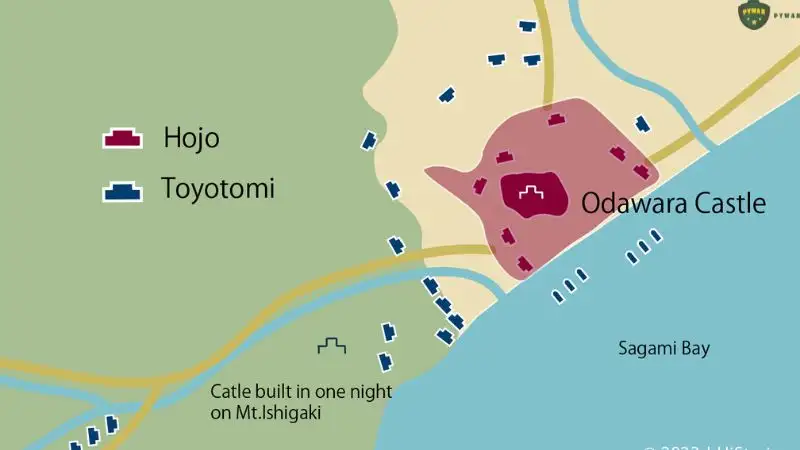
Location of the Battle
The Siege of Odawara took place at Odawara Castle, located in modern-day Odawara city, Kanagawa Prefecture, Japan, in the Kantō region. Situated on a hill, the castle was surrounded by formidable defenses, including moats, earthworks, and a 9-kilometer-long outer wall (sogamae) constructed in 1587 to bolster its fortifications. The castle’s strategic position, near the Tokaido road and with natural defenses like cliffs and rivers, made it one of Japan’s most impregnable strongholds. The surrounding Kantō region, including nearby castles like Matsuida, Hachigata, and Hachiōji, also saw action as Hideyoshi’s forces targeted Hōjō outposts.
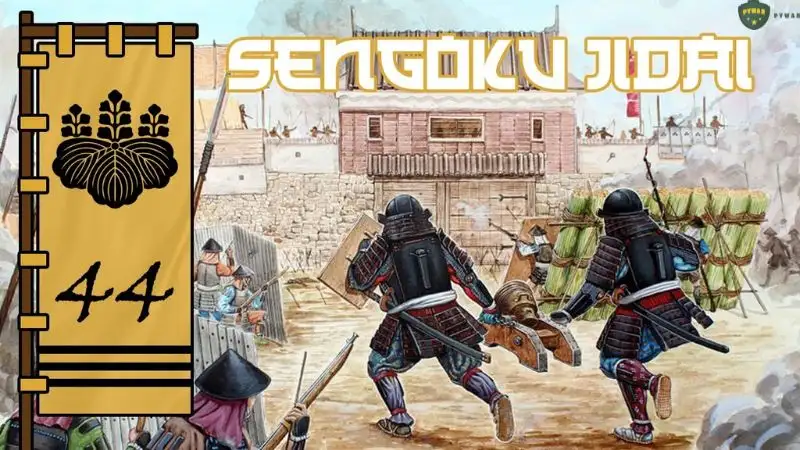
Causes of the Conflict
The Siege of Odawara was driven by a combination of political, strategic, and personal factors, rooted in the broader context of Japan’s unification efforts:
- Hideyoshi’s Unification Campaign: After Oda Nobunaga’s death in 1582, Toyotomi Hideyoshi continued the campaign to unify Japan’s warring states. By 1588, he had subdued much of Japan, including the Shimazu clan in Kyushu. The Hōjō clan, led by Hōjō Ujimasa and his son Ujinao, remained the last major power resisting Hideyoshi’s authority in the Kantō region.
- Hōjō Defiance: In 1588, Hideyoshi requested that Hōjō Ujimasa and Ujinao attend an imperial visit at Jurakudai, his residence in Kyoto, as a sign of submission. Ujimasa refused, proposing a later visit in 1590, which Hideyoshi rejected, escalating tensions. This refusal signaled the Hōjō’s intent to maintain independence, challenging Hideyoshi’s vision of centralized rule.
- Violation of Sobuji-rei: In 1585, Hideyoshi issued the Sobuji-rei, an edict prohibiting unauthorized conflicts between feudal lords. In 1589, Hōjō forces violated this by seizing Nagurumi Castle from the Sanada clan, killing its commander. Hideyoshi declared this act “unforgivable,” using it as a pretext to launch the Odawara Campaign.
- Strategic Importance of Kantō: The Kantō region, controlled by the Hōjō, was agriculturally rich and strategically vital. Controlling it was essential for Hideyoshi to secure eastern Japan and complete his unification. The Hōjō’s impregnable Odawara Castle, unbreached in previous sieges in 1561 (by Uesugi Kenshin) and 1569 (by Takeda Shingen), posed a formidable challenge.
- Hōjō Alliances and Hopes: Ujimasa held faint hopes that allies like Date Masamune or even Tokugawa Ieyasu, a Hideyoshi ally, might defect or provide support if the siege stalled. These expectations, though unrealistic, emboldened the Hōjō to resist.
These factors converged to make the Siege of Odawara the climactic showdown between Hideyoshi’s unification ambitions and the Hōjō’s regional dominance.
Course of the Battle
The Siege of Odawara, often described as “the most unconventional siege in samurai history,” was characterized by minimal direct combat and a reliance on psychological and logistical tactics. The campaign unfolded as follows:
Prelude and Mobilization
In 1587, anticipating conflict, the Hōjō expanded Odawara Castle’s defenses, adding a 9-kilometer sogamae and stockpiling provisions for a prolonged siege. By May 1590, Hideyoshi mobilized a massive army, estimated at 220,000 troops, including forces led by Tokugawa Ieyasu, Maeda Toshiie, Uesugi Kagekatsu, and Chōsokabe Motochika. The Hōjō, with approximately 82,000 defenders, retreated into Odawara Castle, relying on its reputation as an impregnable fortress.
Hideyoshi’s forces encircled Odawara in an elaborate siege line, setting up a camp that resembled a festival. The besiegers were entertained by concubines, musicians, acrobats, and jugglers, maintaining morale while demoralizing the Hōjō. The defenders, armed with arquebuses and clad in armor, slept on the ramparts, discouraging direct assaults.
Siege Operations
Rather than storming the castle, Hideyoshi employed starvation tactics, cutting off supplies to weaken the Hōjō. His forces systematically targeted Hōjō outposts to isolate Odawara:
- Matsuida, Minowa, Maebashi, Matsuyama, and Hachigata Castles fell to Maeda Toshiie and Uesugi Kagekatsu.
- Hachiōji Castle, a key Hōjō stronghold, was captured after intense fighting.
- Sakura Castle, held by Hōjō allies the Chiba clan, surrendered to Honda Tadakatsu and Sakai Ietsugu.
- Shimoda Fortress in Izu Province fell to Hideyoshi’s naval forces under Chōsokabe Motochika.
- Oshi Castle, led by Ishida Mitsunari, withstood initial resistance but surrendered after Odawara’s fall.
A notable skirmish occurred when miners from Kai Province dug under Odawara’s walls, allowing Ii Naomasa’s men to breach the defenses. However, these minor engagements were exceptions in a siege focused on attrition.
Psychological Warfare
Hideyoshi’s most audacious move was the construction of Ishigakiyama Ichiya Castle, a fortress built near Odawara in a single night. This display of logistical prowess and engineering crushed Hōjō morale, signaling that Hideyoshi could sustain the siege indefinitely. The sight of this new castle, combined with the festive atmosphere of the besiegers’ camp, underscored the Hōjō’s isolation.
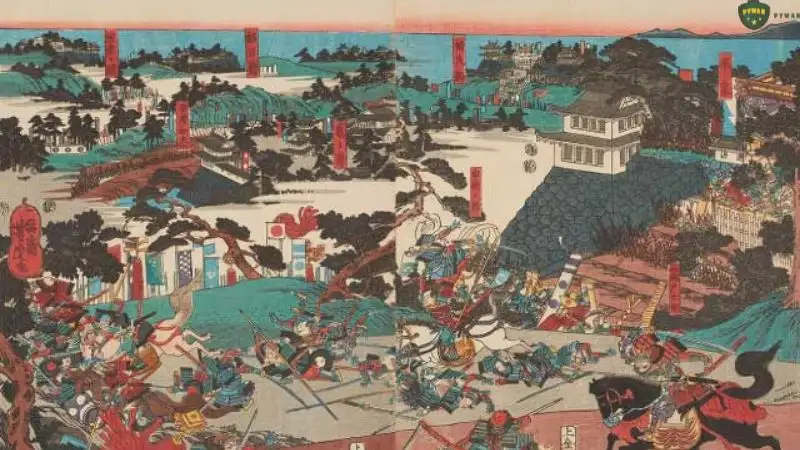
Surrender
After three months, with supplies dwindling and no external aid forthcoming, Hōjō Ujinao, influenced by his father-in-law Tokugawa Ieyasu’s negotiations, surrendered on August 4, 1590. Hideyoshi initially offered lenient terms but later reneged, exiling Ujinao to Koyasan and ordering Hōjō Ujimasa and his brother Ujiteru to commit seppuku. The fall of Odawara marked the end of the Hōjō clan’s power.
Casualties
Due to the siege’s focus on starvation rather than direct combat, casualties were relatively low compared to other Sengoku battles:
- Hōjō Forces: Specific casualty figures are scarce, but losses were primarily from skirmishes at outposts like Hachiōji Castle, where hundreds were killed. The majority of the 82,000 defenders survived the siege but faced exile or execution post-surrender. Key figures, including Ujimasa, Ujiteru, and tea master Yamanoue Sōji (tortured to death), were notable losses.
- Hideyoshi’s Forces: Casualties were minimal, likely numbering in the low hundreds, as direct assaults were avoided. Losses occurred in minor clashes, such as Ii Naomasa’s breach.
- Civilians and Allies: The capture of Hōjō outposts and the burning of surrounding towns (e.g., Odawara’s castle town) likely caused civilian deaths, though exact numbers are undocumented.
The low casualty count reflects the siege’s strategic nature, prioritizing psychological and logistical pressure over bloodshed.
Who Won the Siege of Odawara?
Toyotomi Hideyoshi decisively won the Siege of Odawara. The surrender of Odawara Castle on August 4, 1590, ended the Hōjō clan’s century-long dominance in the Kantō region. Hideyoshi’s victory completed his unification of Japan, eliminating the last major rival to his authority. The Hōjō lands were awarded to Tokugawa Ieyasu, inadvertently setting the stage for Ieyasu’s rise to shogun after the Battle of Sekigahara in 1600.
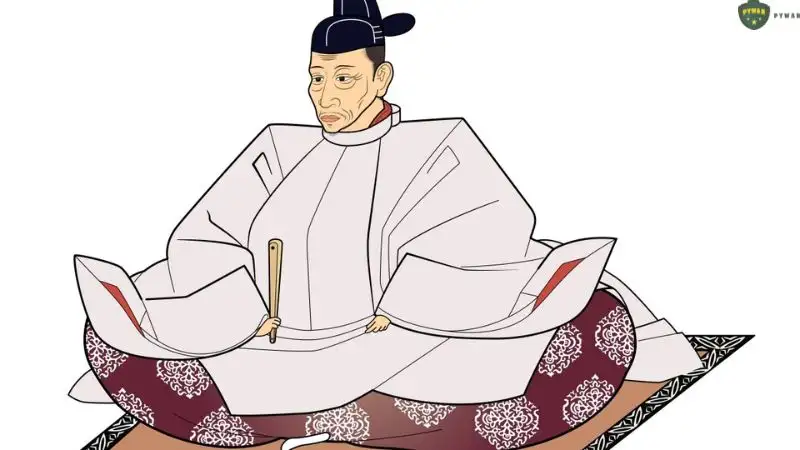
Conclusion
The Siege of Odawara in 1590 was a masterclass in strategic and psychological warfare, marking the culmination of Toyotomi Hideyoshi’s campaign to unify Japan. Spanning May to August 1590 at the impregnable Odawara Castle in Kanagawa Prefecture, the siege was driven by Hōjō defiance, Hideyoshi’s unification ambitions, and the violation of the Sobuji-rei. Through starvation tactics, outpost captures, and the construction of Ishigakiyama Ichiya Castle, Hideyoshi forced the Hōjō’s surrender with minimal casualties.
The victory dismantled the Hōjō clan, reshaped the Kantō region, and paved the way for the Tokugawa shogunate. For historians, the Siege of Odawara exemplifies the blend of military strategy and political maneuvering that defined Japan’s Sengoku period, leaving a legacy that endures in the region’s history and culture.
Sources:
- Stephen Turnbull’s The Samurai Sourcebook
- Samurai-Archives.com
- JapanWonder.com
- Wikipedia


